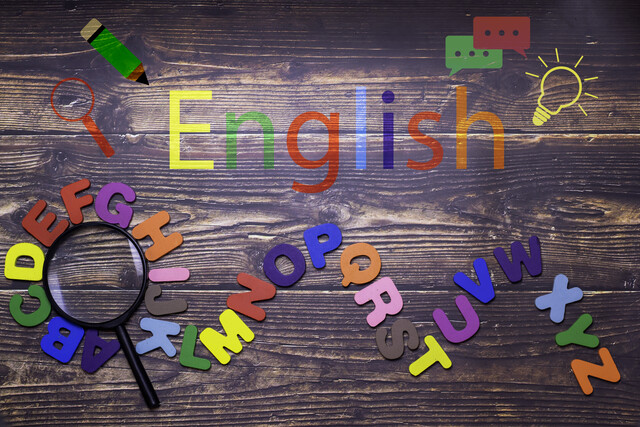ESL Grammar Skills Level 2
Master Grammar, Elevate Communication.

12 Hours average completion time
1.2 CEUs
35 Lessons
32 Exams & Assignments
28 Discussions
35 Videos
36 Reference Files
Mobile Friendly
Last Updated December 2025
Course Title: ESL Grammar Skills Level 2
Have you ever found yourself yearning to express the rich tapestry of your thoughts and dreams in English, only to be halted by the daunting, imprecise barriers of language? Imagine possessing the linguistic key to unlock a world where you can communicate your ideas with clarity, confidence, and creativity. Welcome to "ESL Grammar Skills Level 2"--a transformative journey that empowers you to break through language obstacles, enhancing your personal and professional life.
Picture a world where every interaction becomes an opportunity--a chance to connect, influence, and inspire. This course is designed with that goal at its very heart. Harnessing the power of precision and flexibility in English grammar, it guides you through the subtleties and complexities that distinguish fluent speakers and effective communicators. Here, you'll do more than just learn the rules; you'll weave them into the fabric of your daily communication, turning your newfound skills into second nature.
From mastering the dynamic dance between the present progressive and simple tenses to understanding the artful use of modal verbs, each lesson is a stepping stone to greater fluency. Picture yourself using these nuances to convey your ambitions during a job interview, share your travel experiences with newfound friends, or spark illuminating conversations at social gatherings. With these skills, your English won't just sound accurate--it will sound alive.
What sets "ESL Grammar Skills Level 2" apart from traditional grammar courses is its unyielding focus on real-world applicability. Every module immerses you in interactive scenarios, allowing you to navigate through conversations and write with purpose and precision. You will learn to craft compound sentences that elegantly convey complex ideas, just as a seasoned speaker would. By exploring the creative use of phrasal verbs, you'll add color and context to your expressions, just like native speakers naturally do.
This course is more than just a syllabus--it's a dialogue between you and the world. You'll find yourself effortlessly integrating object pronouns and possessive adjectives into your discussions, which subtly enhance your agility in the language. And when nuanced expression is called for, the lessons guide you into exploring the finer contrasts of 'enough' versus 'too,' and making discerning comparisons with 'as...as.' Every lesson builds on the last, ensuring a cohesive, comprehensive understanding that feels as fulfilling as a conversation with an old friend.
The secret to mastering a language lies not only in learning what words mean but in understanding how they allow you to convey your uniqueness. This course is a catalyst for self-expression, guiding you through structured lessons that feel more like guided self-discovery. Whether you're exploring timetables through simple present tense or unraveling the mysterious mechanics of indirect questions, each lesson is designed to spark your curiosity and encourage your inspiration.
What makes "ESL Grammar Skills Level 2" truly remarkable is its commitment to community and connection. As you embark on this journey, you join a vibrant assembly of learners and educators who are as invested in your progress as you are. Our dedicated platform offers spaces to share insights, ask questions, and provide feedback--forming an invaluable support network to accompany you at every stage.
But perhaps the greatest gift this course offers is confidence. Imagine speaking English with grace and assurance, the anxiety and hesitation of mere translation replaced with the robust understanding of grammar at your fingertips. As each module unlocks new dimensions of language, your confidence will soar, opening doors to opportunities you once thought unreachable.
In a world increasingly driven by communication, the value of mastering English grammar is immeasurable. Let "ESL Grammar Skills Level 2" be your guide to linguistic clarity and fluency. Enroll today, and take the transformative step towards a future where your English is not only understood but esteemed. We invite you on this journey of empowerment and discovery--begin today, and see how language can transform your world.
- Used to describes past situations
- Possessive forms express ownership
- Future events use present progressive
- Superlatives express extremes
- Present progressive expresses ongoing actions
- Modal verbs express certainty levels
- Complex sentences offer depth
- Timetables require present simple
- Phrasal verbs add nuance
- Object pronouns streamline sentences
- 'Too' and 'either' express degrees
- 'Enough' vs. 'too' for sufficiency
- 'As...as' balances comparisons
- Comparative structures aid communication
- Indirect questions inquire politely






